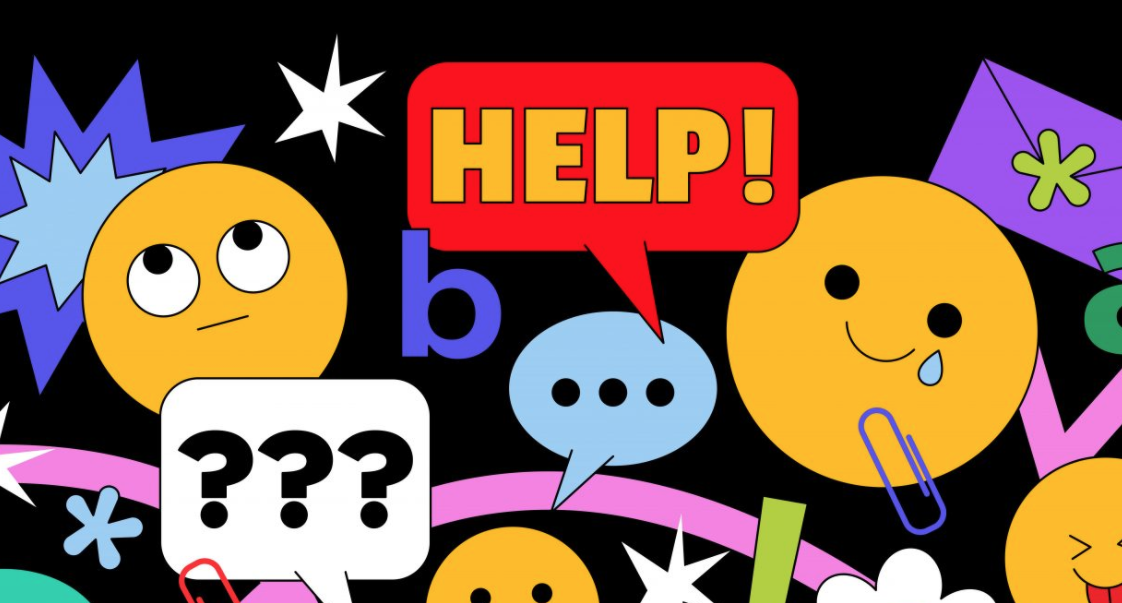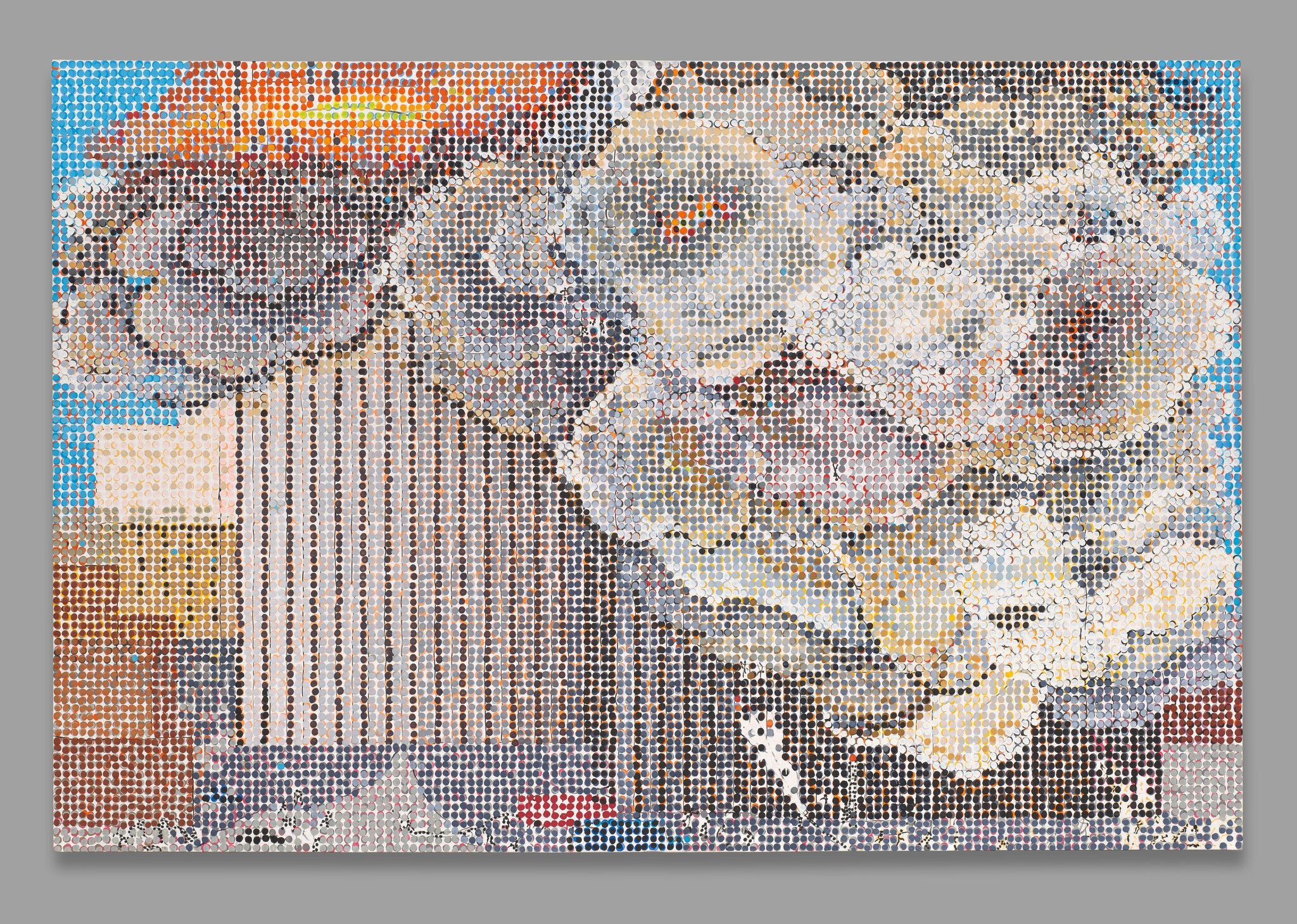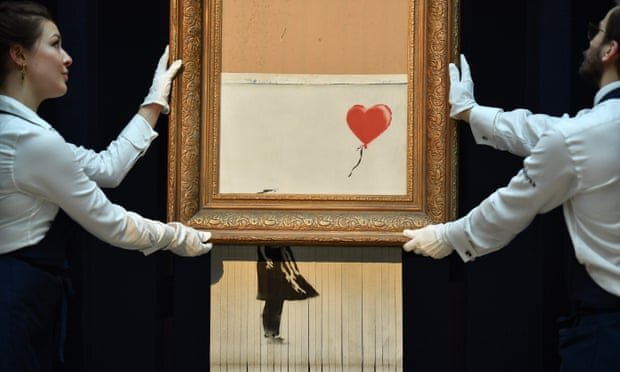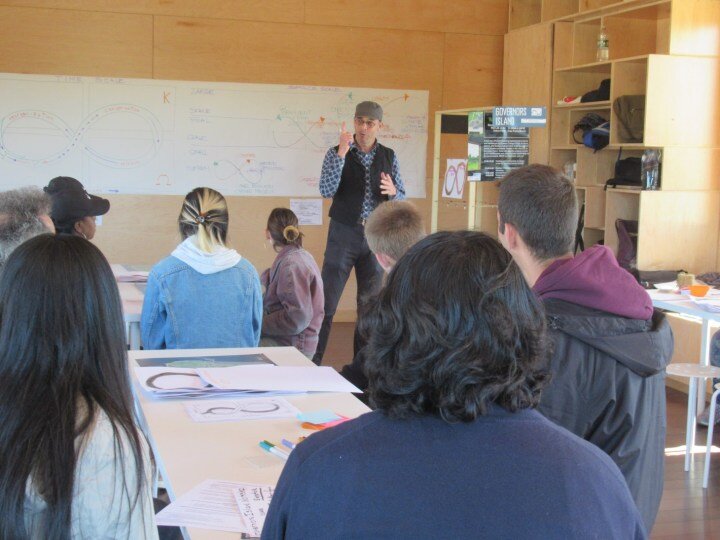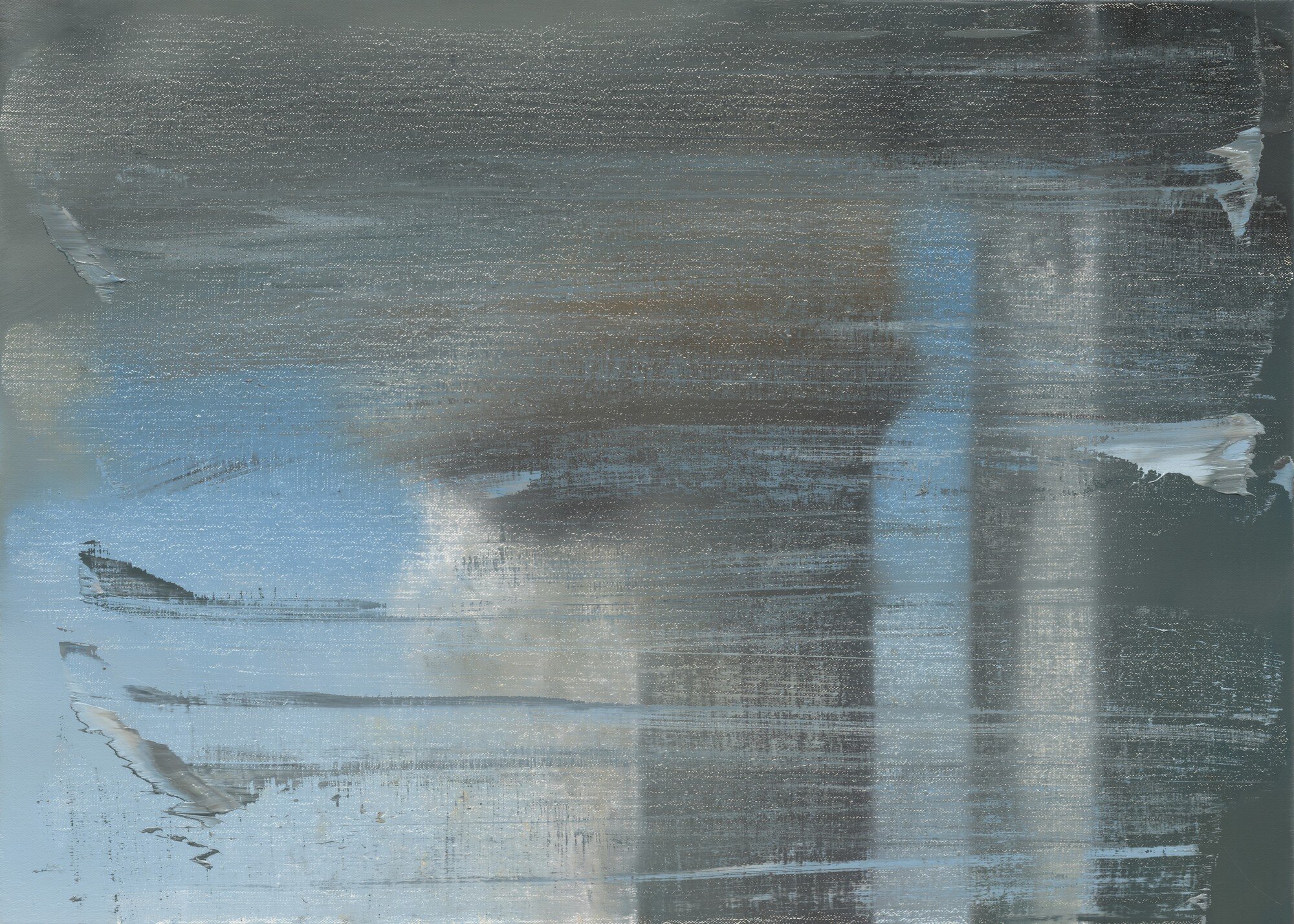The first week back to classes has been exhilarating, emotional, and tinged with highs and lows. It was also a week of many firsts—first time back on my university campus and in my office since March, 2020; first in-person classes and direct contact with students and colleagues since the pandemic; and the first time I have started planning for a field school (for summer 2022 — this one to Paris and the Venice Biennale) with the distinct possibility that it could be canceled at any possible moment.
My office at Kwantlen Polytechnic University, a literal time capsule complete with March 2020 calendar on the wall— it was the first time I had stepped inside that space in over 18 months.
That feeling of not knowing what will come next is not entirely unfamiliar. Yesterday, on the anniversary of September 11, 2001, I shared in the communal remembrance of casting back to where I was, and what I was doing twenty years ago when news of the NYC Twin Towers attack reached me. I was a new grad student at UBC, starting my M.A., and was walking to the gym for my morning workout ahead of my first classes on that fateful day. I had just put my earphones in order to listen to the news on my Walkman when I heard the first reports of the plane hitting the first tower. I had only made it down a block from home, and turned right around and ran back to my apartment to wake up my husband and turn on CNN just in time to see the second tower hit. The news footage was being transmitted live and unedited, and we sat in shock watching people jumping out of the windows and seeing the final collapse of the structures, realizing that this collective witnessing, via the screen, was a shared trauma that could not be unseen.
Later that day, my first grad seminar gathered up on campus. It was a beautiful fall day and Vancouver shared the same sunny blue skies that were now etched into our memories of the New York skyline at the moment of the attacks. We talked in the class—a Photography Theory course led by one of my grad school advisors Dr. John O’Brian-- about what we had all just seen and experienced, and how the accumulation of images of that day would circulate and gather meaning, nostalgia, information, disinformation, and all manner of symbolism in the months, years, and decades to come. In fact, the very first peer-reviewed journal article I published as an academic would come out of those intense and emotionally charged conversations and that sense of not knowing what the future would bring. “Grand Theory/Grand Tour: Negotiating Samuel Huntington In the Grey Zone of Europe,” published in Postmodern Culture Journal’s Spring 2002 edition, touches directly on the way artists and cultural theorists would contend with the aftermath of September 11th in terms of spectacle, trauma, technology, and spatial relationships— ideas that would also later shape my doctoral work and current research.
Talking with some of my students this week, I shared this memory and asked them to consider how the profound historical moment they were experiencing and witnessing for the past 18 months was shaping their own perceptions of time, space, and memory. While clearly not the same as the moment of 9/11, the global pandemic has wrought similar feelings of inevitable loss and the fear of not knowing what comes next. Moreover, we are seeing the function of media, technology, screen culture, and the circulation of conspiracy, half-truths, and “fake news” as all too familiar components of both inflection points in our global history. As Mark Twain famously wrote, “History never repeats itself, but it does often rhyme.”

